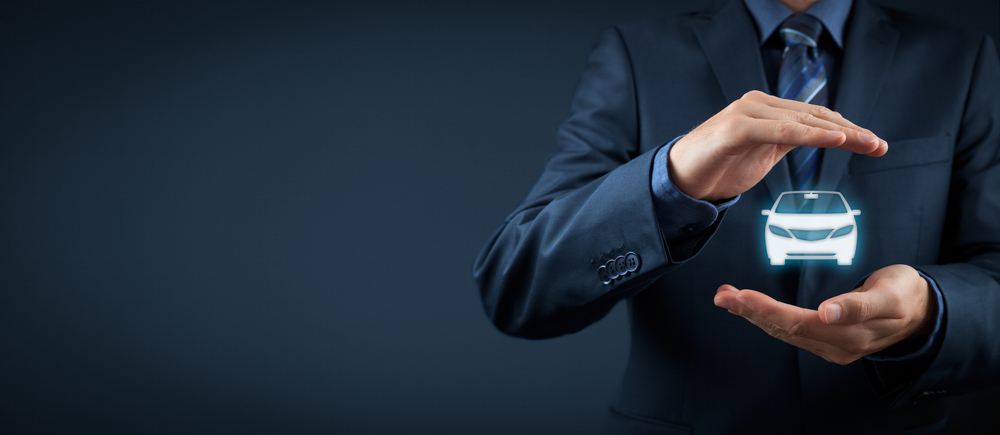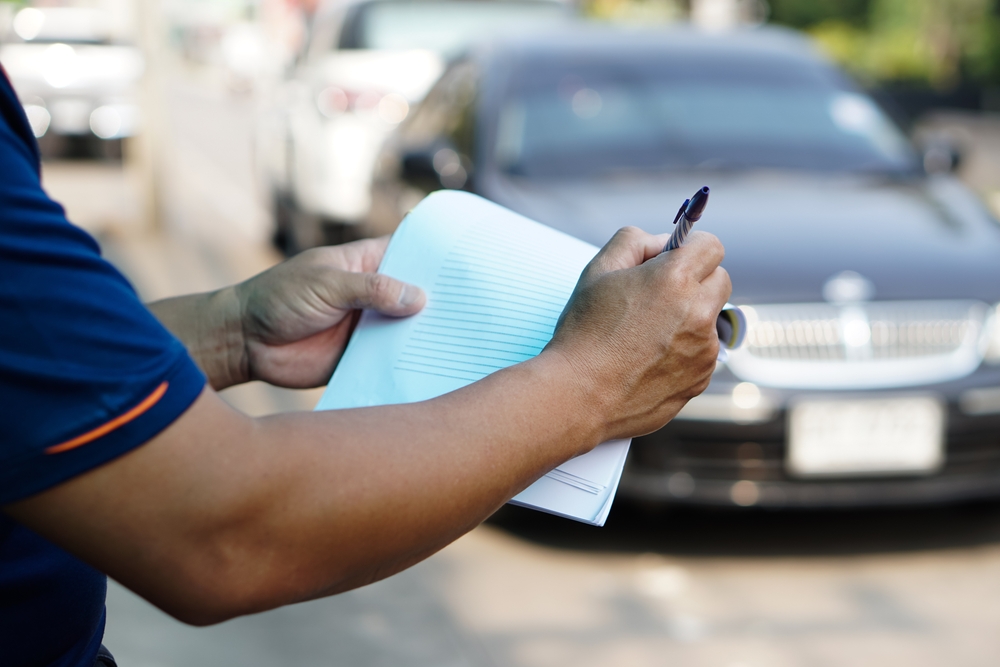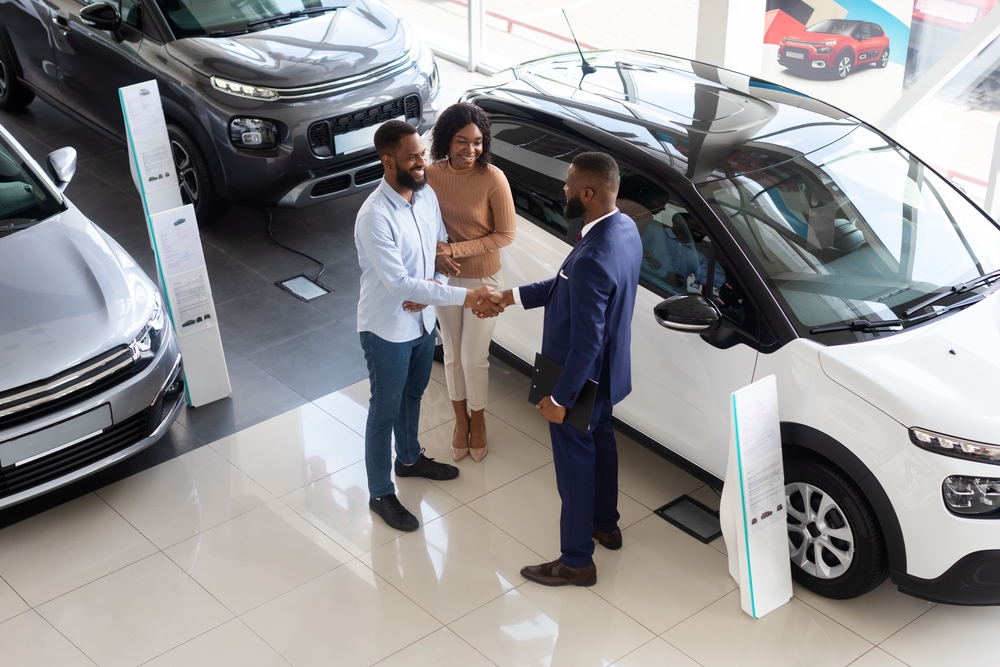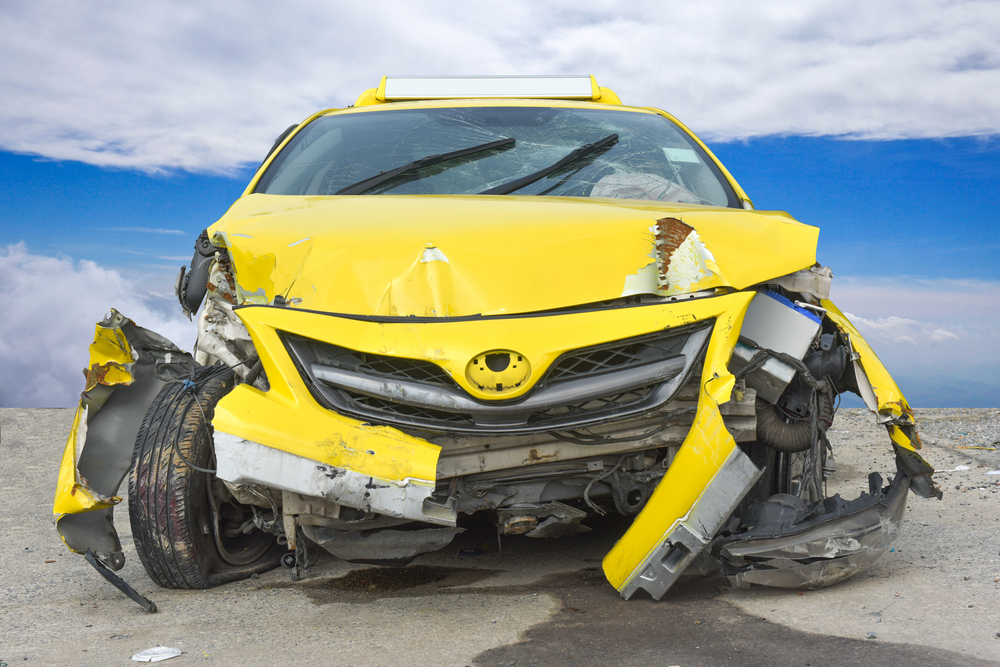An act of nature or a collision can result in damage so extensive that the vehicle is deemed a total loss or ‘totaled’ by the insurance company. When this happens, the insurance company will offer the car owner fair market value less a deductible. Then they will typically take possession of the vehicle and auction it.
Can the owner ever keep their totaled vehicle? In some instances, the insurance company offers the owner the option of buying back a totaled car. However, keeping a total car only makes sense in some circumstances. Here’s what car owners need to know about buying back their car after it has been declared a total loss.

Types of Insurance Coverage that Protect a Vehicle
Comprehensive auto insurance covers a vehicle’s damage if the vehicle was damaged by acts of weather, vandalism, an animal in the road, etc. If the driver was at fault in an accident, collision coverage will kick in to handle the repairs.
Full coverage is typically inclusive of liability, comprehensive and collision insurance. Liability insurance will settle and pay for damage to another driver’s injuries and vehicle damage sustained in a crash caused by the policyholder.
Comprehensive and collision insurance could be involved when a car is damaged. As in all accidents, a police report will be filed, the car owner will contact their insurance company and discuss the nature of the accident. Fault will be determined (if it was a collision). Then an insurance estimator will examine the damage to the vehicle and determine the amount that needs to be paid for repairs.
In some situations, the damage is so extensive that the price to repair the car costs more than the value of the vehicle. When this happens, the insurance company will deem the car a total loss.
Every state has its own formula for how a ‘totaled’ vehicle is determined. The owner of the car receives the actual cash value (ACV) for their vehicle minus the deductible and the insurance company takes possession of the vehicle.
Value Penguin explains that ACV is not the same as the value a car owner would receive via sites like Kelley Blue Book (KBB). However, car owners can ask the insurance company how ACV is determined if they are confused about their settlement.
In some cases, the insurance company will offer to let a car owner buy back their vehicle. What do car owners need to know about buying back a totaled vehicle? Is it worth it?

How Car Owners ‘Buy Back’ Their Vehicle
When a car is totaled and the insurance company prepares a settlement, the amount is ACV minus any applicable deductible. The insurance company then takes possession of the vehicle and sends it to auction.
In some instances, like when a vehicle is totaled by hail damage, the insurance company might let the owner buy back the car. The price to buy back the vehicle is typically the salvage value. This value can vary.
However, if the car owner agrees to buy back their car, the salvage value is deducted from the ACV settlement. The car owner also will need to deal with the title of the vehicle—as it would be a salvage vehicle.
Car owners should understand that buying back a totaled vehicle isn’t always an option. States might have their own laws related to buying back a totaled vehicle. It also might not make sense. If the car is totaled, fixing it up to make it drivable could be difficult.
However, cars that are totaled because of hail damage might be worthwhile to buy back. Typically, these vehicles are totaled because of cosmetic damage. Some hail can be so large that the dents the pellets leave behind cost too much to repair. Yet, the car could be mechanically sound.
If the car owner is given the option to buy back the car and they don’t mind the cosmetic damage, they can talk to the insurance company to inquire about steps they need to take before it can be legally driven.
A totaled vehicle will be issued a salvage title. Then the car owner needs to take all the necessary steps in their state required for the vehicle to be legally driven. Car Brain explains that in order to hit the road legally, the car needs to be inspected and certified.
Is it Worth Buying Back a Totaled Car?
Only the car owner can decide if buying back a totaled car makes financial sense. Again, in the case of a hail-damaged car, the mechanics could be fine. For a car that has seen extensive damage, car owners might just walk away, take their settlement and let the insurance company auction off the car.
A car owner might want to hold on to their car for other reasons. Maybe they don’t plan to drive it. Buying back a totaled vehicle could depend on the car owner’s personal circumstances. In some cases, though, a car owner might not have the option to buy back their totaled car.
When a Car Owner Doesn’t Buy Back their Car
Many car owners will decide not to buy back their totaled car. They might accept the settlement from the insurance company and use it for a down payment for a new car or to buy a car outright.
When a car is totaled, a car owner may face an issue of being paid less than what they thought their car was worth. Car owners consult sites like KBB to find the value of their car, but KBB values and ACV settlements are not the same.
If a car owner feels that their settlement is inadequate, they can try to negotiate with the insurance company about the value. If the car owner made repairs or upgrades to their vehicle, they might submit receipts to show these upgrades to the insurance company. Sometimes negotiations fall flat, and the car owner has to accept their settlement.
Car Owners Who Only Have Liability Coverage
Some car owners only have liability coverage on a vehicle. Perhaps they didn’t pay a high price for the car or it’s an older model. What happens if a car with liability coverage is totaled?
If the car owner was involved in an accident and it was their fault, their liability coverage will compensate the other driver for damages. However, the driver’s own vehicle won’t be covered. If the car cannot be repaired or if repair costs are too high, they might opt to sell it to a salvage yard.
What about if the vehicle was damaged by hail or vandalized? Cars with only liability coverage won’t be covered against hail damage or vandalism. The owner will have to drive the vehicle as is, repair it, or, if the car can’t be driven legally, think about selling it to a salvage yard.
Car owners never know what could happen around the next turn. Even a car sitting in the driveway could be pummeled by a hailstorm. This is why comprehensive and collision coverage is recommended.

Finding a New Car
Car owners who have no interest in buying back a totaled car might find themselves in need of a new vehicle. Maybe they want the same model that they lost in an accident. Perhaps they’re ready for something new.
When shopping for a new vehicle after a previous vehicle was totaled, buyers might need to reexamine their budget. What can they afford to pay each month?
A totaled vehicle might have not had an outstanding loan. Car owners might now need to finance a new car and begin making payments again. Nerdwallet recommends that car buyers allocate less than 10 percent of their monthly take home pay for a car payment.
Car buyers also should try to make a 20 percent down payment on a new vehicle. This can help offset the costs of depreciation. When buying a used car, a 10 percent down payment is recommended.
If a vehicle was totaled in an accident, car buyers might focus on the safest models. The Insurance Institute for Highway Safety makes it easy for car shoppers to research the safety of any vehicle. The IIHS provides safety reports on new and older vehicles.
The IIHS also showcases the safest cars on the market via its Top Safety Pick and Top Safety Pick+ awards. The full list of models that were awarded these safety ratings is released each year. The Top Safety Pick+ rating is awarded to vehicles when certain headlights come standard; models awarded a Top Safety Pick offer specific headlights as an option.
Use RelayCars to Explore Vehicle Options
Finding the best car for the budget can be a hunt. Buyers can use sites like RelayCars to explore their different options. The RelayCars app lets car buyers research cars via 3D imagery and virtual reality (for those who have access to Google Cardboard).
Those who are visiting the RelayCars website can explore cars via immersive 3D imagery and augmented reality. Using a camera on a smartphone or tablet, car buyers can drop a 3D model of a vehicle into their own environment and walk around it.
RelayCars also provides buyers with MSRP data and vehicle specs to better understand each model. Those who are trying to find their perfect car can explore as many models as they wish on either the RelayCars website or the app. RelayCars is free to explore and never closes!

